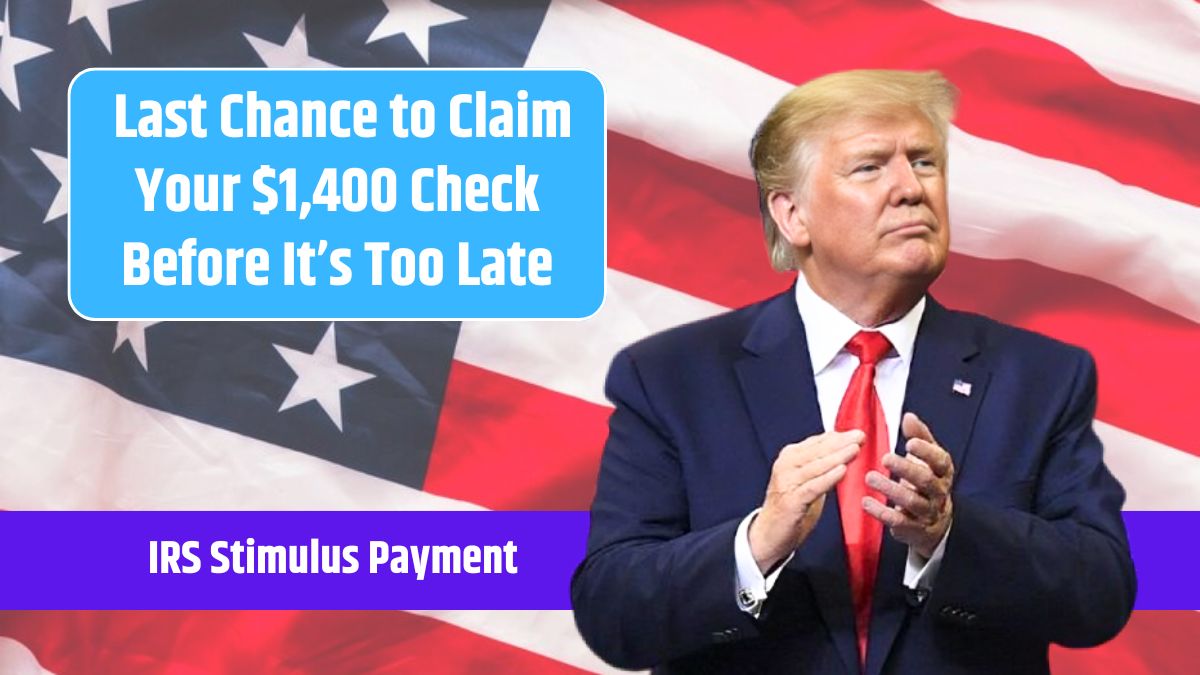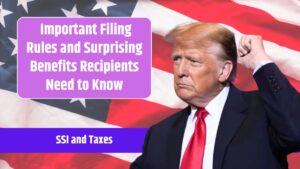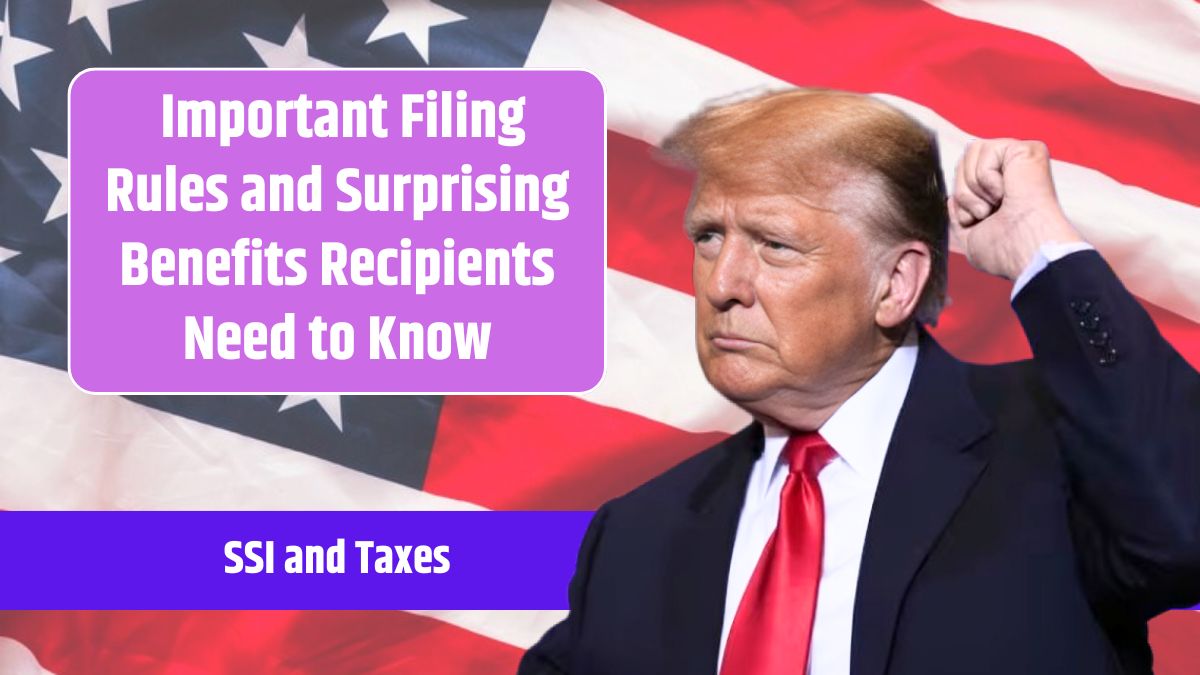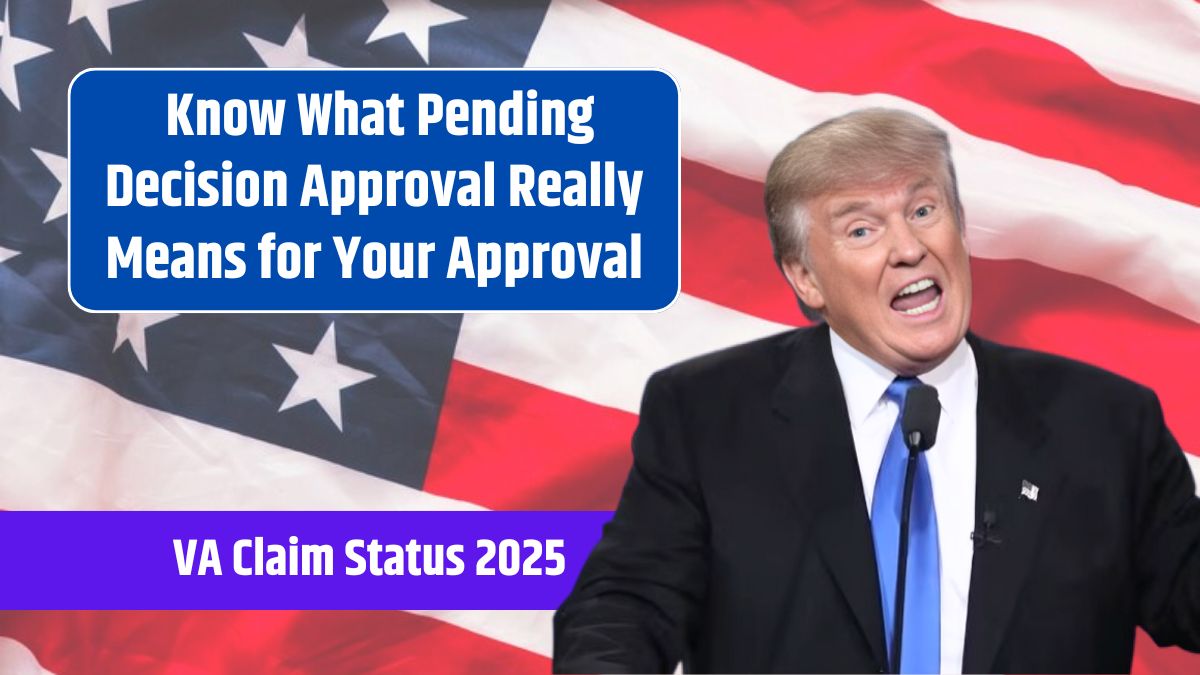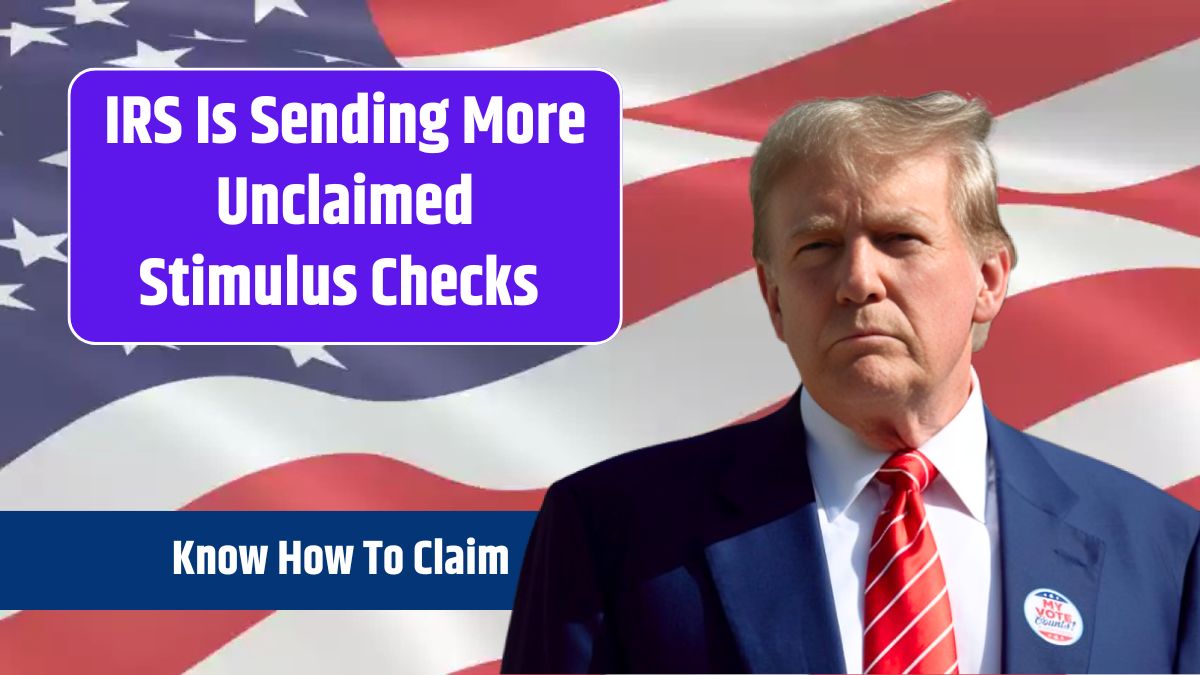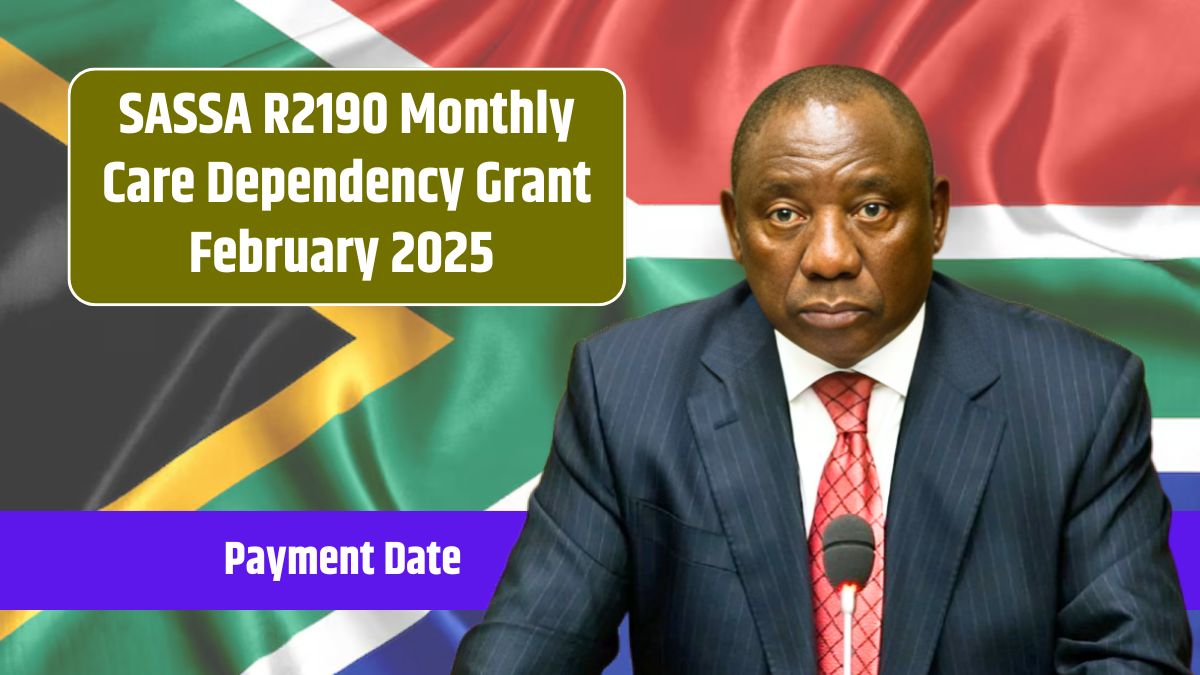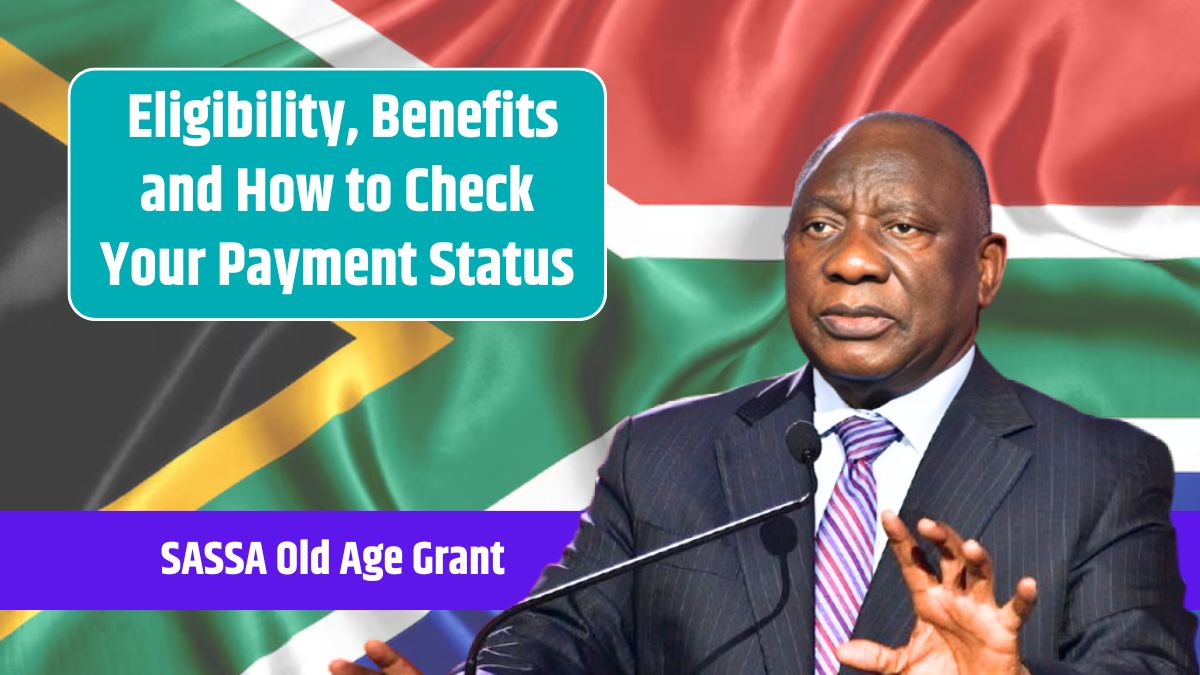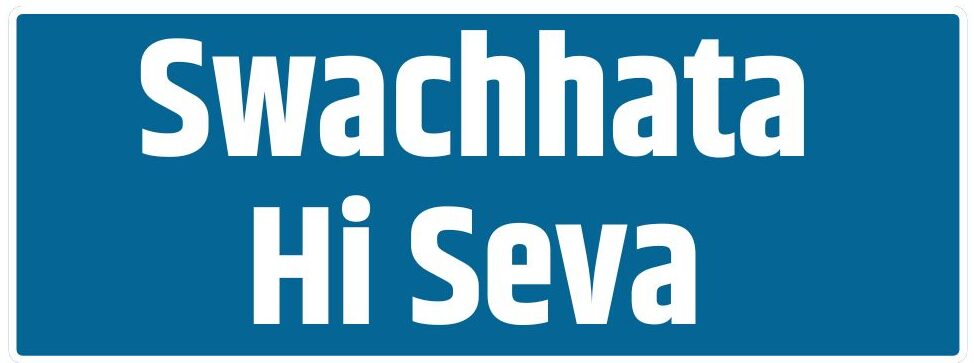Many Americans are struggling with rising costs due to inflation, and for some, a financial boost from the IRS could be a game changer. The IRS has announced that up to one million taxpayers will receive an automatic payment of up to $1,400 as part of the Recovery Rebate Credit.
This credit is linked to the COVID-19 stimulus payments, and the best part? Eligible taxpayers don’t need to take any action—the money is being sent out automatically.
Automatic Payments
The IRS is issuing these payments automatically to taxpayers who were eligible for the Recovery Rebate Credit but either forgot to claim it or mistakenly entered $0 on their 2021 tax return.
Here’s how it works:
- If you’re eligible, the IRS has already identified you in their system.
- Payments started in late 2023, and some taxpayers have already received their money.
- Direct deposit payments have been sent to bank accounts registered on the 2023 tax return.
- If you don’t receive a direct deposit, expect a paper check in the mail.
While the exact payment completion date hasn’t been announced, the IRS expects the distribution to be finished by January 2025.
Why Is This Happening?
During the three rounds of Economic Impact Payments (EIP), the IRS and the U.S. Treasury found that many eligible taxpayers either did not claim the Recovery Rebate Credit or filed their tax return incorrectly.
To fix this, the IRS has decided to automatically issue payments instead of requiring people to file an amended return. According to IRS Commissioner Danny Werfel, this approach ensures that the money reaches those who need it without unnecessary delays.
File
If you filed a 2021 tax return but missed out on the Recovery Rebate Credit, you should already be receiving your payment automatically. However, there’s still a chance to claim your money if you did not file a 2021 tax return at all.
What You Need to Do
- If you never filed a 2021 tax return, you may still be eligible to claim the credit.
- You must file a 2021 tax return before the April 15, 2025 deadline.
- Even if your income was low or non-existent, you should still file to claim your rebate.
How to Claim
If you need to file a 2021 tax return to claim your Recovery Rebate Credit, here’s how you can do it:
| Filing Method | Where to File |
|---|---|
| Online Filing | IRS Free File (for those eligible) |
| Professional Help | Tax preparers or IRS-certified VITA/TCE sites |
| Mailing a Paper Return | IRS address listed on the tax form |
It’s essential to file before April 15, 2025, to ensure you receive your payment. After that date, you’ll lose eligibility for the credit.
Final Reminder
If you’re eligible for the automatic payment, you don’t need to do anything—the IRS is sending out the money for you. However, if you never filed a 2021 return, you’ll need to submit one before the April 2025 deadline to claim your $1,400 payment.
With millions of Americans still recovering from financial challenges, this refund could provide much-needed relief. So, if you qualify, make sure you get the money you deserve!
FAQs
Who is getting the $1,400 Recovery Rebate Credit?
Eligible taxpayers who missed claiming it on their 2021 tax return.
Do I need to apply for the automatic payment?
No, the IRS is sending payments automatically to eligible taxpayers.
What if I never filed a 2021 tax return?
You must file by April 15, 2025, to claim your Recovery Rebate Credit.
How will I receive my payment?
By direct deposit or mailed check, based on IRS records.
When will all payments be sent?
The IRS expects to complete distribution by January 2025.
